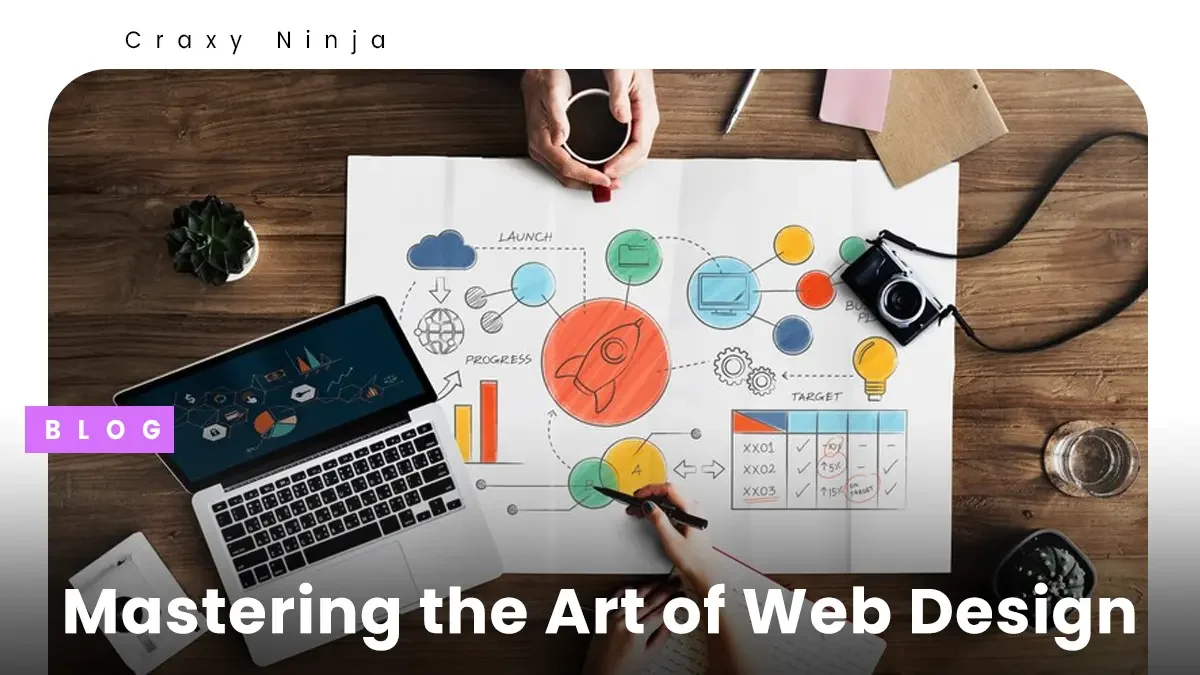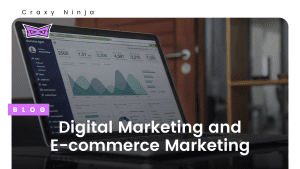Do you own a business? Are you contemplating the creation of a website for it? If so, you’ve undoubtedly made a wise decision.
In the current era, a business without a website is akin to an incomplete puzzle. While the prospect of designing a website may seem straightforward, the reality is far from it. Designers navigating this realm must acquire a spectrum of skills and expertise to truly excel in website design and development.
However, there are prevalent misconceptions circulating about this process. What one designer deems aesthetically pleasing, another might find unappealing. The subjective nature of web design makes it a complex field where personal preferences often come into play.
Many assert that a website’s design is a pivotal factor in determining a company’s credibility. It significantly impacts metrics such as bounce rates and conversion rates, making it a crucial aspect of a website’s success.
Moreover, when providing IT solutions, challenges can arise when clients have specific preferences that may not align with the designer’s vision. In such instances, objective data becomes invaluable, serving as a foundation for clients to make informed decisions and aiding designers in crafting effective solutions.
Creating a web design that operates on multiple levels demands more than just talent and an eye for aesthetics; it requires a nuanced understanding of user experience, functionality, and the intricacies of effective design principles.
Here are the 15 web design tips for the perfect site:
1. User-Centric Navigation

Imagine arriving at a store where everything is neatly organized, making it effortless to find what you need. The same principle applies to web design. Prioritize user-centric navigation, ensuring that visitors can effortlessly explore your site. A clear, intuitive menu and strategically placed call-to-action buttons streamline the user journey.
2. Responsive Design is Non-Negotiable

In a world where browsing happens on devices of all shapes and sizes, a responsive design is your website’s best friend. Ensure that your design adapts seamlessly to various screen sizes, providing an optimal viewing experience on desktops, tablets, and smartphones alike.
3. Mindful Color Palette Selection

Colors evoke emotions and play a pivotal role in user experience. Choose a color palette that aligns with your brand identity and resonates with your target audience. Maintain a balance, avoiding overly vibrant or clashing colors that might distract or overwhelm visitors.
4. Intuitive Call-to-Actions

Guide your visitors towards the actions you want them to take. Whether it’s making a purchase, subscribing to a newsletter, or contacting you, strategically placed and intuitive call-to-action buttons are essential. Use clear language that prompts immediate response.
5. Optimize Page Loading Speed

In a fast-paced digital era, patience is a scarce commodity. Optimize your website’s loading speed to keep visitors engaged. Compress images, minimize unnecessary scripts, and leverage browser caching to ensure swift page loading.
6. Whitespace: The Silent Hero

Whitespace, or negative space, is not just empty space; it’s a design element that enhances readability and visual appeal. Embrace whitespace strategically, allowing your content to breathe and guiding visitors’ focus to key elements.
7. Engaging, High-Quality Imagery
A picture is worth a thousand words, especially on the web. Invest in high-quality, relevant imagery that reflects your brand identity. Stock photos are fine, but personalized visuals that showcase your products, team, or premises add authenticity.
8. Consistent Branding Elements

Your website is an extension of your brand. Ensure consistent branding elements, from your logo and color scheme to typography. This cohesive visual identity fosters brand recognition and trust.
9. Readable Typography
Choose fonts that are not just visually appealing but also easy to read. Maintain a balance between creativity and readability. Experiment with font sizes and styles to find the perfect combination for your website’s content.
10. Interactive Elements for Engagement

Inject life into your website with interactive elements. From sliders and image galleries to interactive forms and surveys, these features engage visitors and make their journey more dynamic.
11. Social Media Integration

Connect your website seamlessly with your social media presence. Include social media buttons, shareable content, and live feeds to encourage interaction and extend your online community.
12. SEO-Friendly Structure

A well-structured website is not just visually appealing but also SEO-friendly. Organize content with headers, meta tags, and clear URLs. This not only enhances user experience but also improves your site’s search engine rankings.
13. Accessible Design for All
Accessibility is a cornerstone of outstanding web design. Ensure that your website is accessible to users with disabilities. This includes providing alternative text for images, using descriptive link text, and ensuring keyboard navigation is seamless.
14. Regular Maintenance and Updates
The online landscape evolves, and so should your website. Regularly update content, check for broken links, and ensure that your design remains fresh and relevant. An outdated website can deter visitors and impact your credibility.
15. Feedback and Analytics Integration
Finally, listen to your audience. Integrate feedback mechanisms and analytics tools to understand how visitors interact with your site. Use this data to make informed decisions and continually enhance your web design.
A well-crafted website has the potential to elevate your brand, increase traffic to your blog, and contribute to revenue generation. Given the complexity of website design, many professionals specialize in this field. However, even if you lack professional expertise, there are now tools accessible to aid you in this task. Whether you’re a seasoned professional or a novice, focusing on the five elements outlined above should always be your top priorities when undertaking the design of a website.
An outstanding web design is not a one-time achievement; it’s an ongoing commitment to providing a stellar user experience. Incorporate these tips into your design philosophy, and watch as your website becomes a virtual masterpiece that not only attracts but also retains and delights visitors.
Happy designing!








